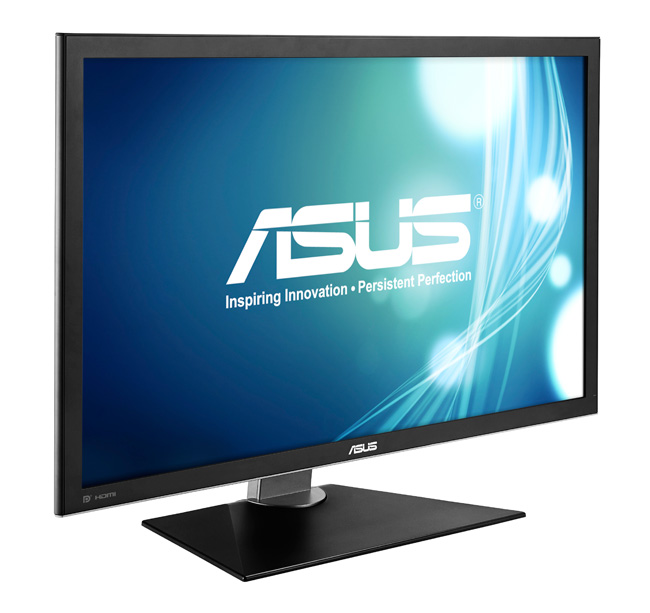- By Sebastian Anthony on April 29, 2013 at 9:09 am

Microsoft has strongly hinted that the IllumiRoom augmented reality peripheral projector is linked to the next-generation Xbox 720, in much the same way that Project Natal (Kinect) was eventually linked to the Xbox 360. To celebrate, Microsoft has released a new video that showcases the awesome potential of IllumiRoom, and also a ton of details on how IllumiRoom actually works.
If you missed the original IllumiRoom unveil, let me bring you up to speed. IllumiRoom is a wide-angle projector that’s (ideally) situated on your coffee table, pointed at your big-screen TV. The current prototype has a Kinect strapped to the projector, but the final version will have a Kinect sensor built in. The built-in Kinect uses an automatic calibration process to captures the color and geometry (shape, depth) of the wall behind and furniture around your TV. Then you hook the IllumiRoom up to your next-generation Xbox (wirelessly), and watch in awe as peripheral projection takes you to new levels of game immersion.
It isn’t until you watch the video that you begin to understand just how awesome peripheral projection is. The video above was captured in real-time, and hasn’t been edited or composited in any way. What you see is really what you will get, with the Xbox 720 and IllumiRoom projector.
Using its knowledge of your living room’s colors and geometry, IllumiRoom can create a huge range of visually stunning effects. As you see in the video, IllumiRoom can boost the color saturation of your furniture (by projecting red light on a mahogany cupboard), turn your furniture black and white (by projecting desaturated colors), or outline every edge, creating a cartoony effect. IllumiRoom can also project a star field, snowflakes that gather on your shelves, or a futuristic Tron-like grid. One of the weirdest effects, called radial wobble, takes a photo of your living room, distorts it, and then projects the distorted image — so it looks like your living room is wobbling around.
IllumiRoom, turned off
IllumiRoom, increased saturation
IllumiRoom, desaturated (black and white, kind of)
The real magic takes place when games are programmed to take advantage of IllumiRoom, though. At its most basic, IllumiRoom projects the game world onto the wall/furniture, expanding your field of view; imagine sitting on the couch and having the world of Skyrim take up your entire field of view. Another option is to have IllumiRoom only display important features, such as projectiles and explosions — so instead of a shot missing you, you might see the bullet fly off to your left. Taking this one step further, IllumiRoom also makes it possible for objects — such as grenades — to roll out of the TV and onto the floor in front of your coffee table.
All of these effects can be combined — so the next Halo game might have rockets that fly into your peripheral vision, grenades that roll towards you, rain that puddles on the floor, and furniture that ripples whenever you’re struck by a plasma rifle. The same effects can also be used with non-game content; Peter Jackson could release a new version of Lord of the Rings that makes use of IllumiRoom, for example.
The current IllumiRoom prototype, which now needs to be productized
All told, the Microsoft Research team that developed IllumiRoom has created 11 different effects (detailed in their research paper), and they say that a lot more are possible. They have shown IllumiRoom to 10 gamers and 15 game designers, with both groups providing “very positive feedback.” Moving forward, IllumiRoom now has to be productized — it has to be turned into a single unit, encapsulating both a projector and Kinect sensor. “Ideally, IllumiRoom would be directly integrated into a next generation console and new games would be designed for IllumiRoom from the ground up,” the research paper says.
Considering Microsoft originally unveiled IllumiRoom at Samsung’s CES keynote, we’re fairly certain that Microsoft is working with Samsung to bring IllumiRoom to market. As for whether IllumiRoom will be ready for the Xbox 720′s launch this winter, who knows. Price-wise, going by the current price of wide-angle LED projectors, we’re probably talking about a few hundred dollars, too.









 The 'UFO' at lower left is Asus's SonicMaster Subwoofer.
The 'UFO' at lower left is Asus's SonicMaster Subwoofer. 




